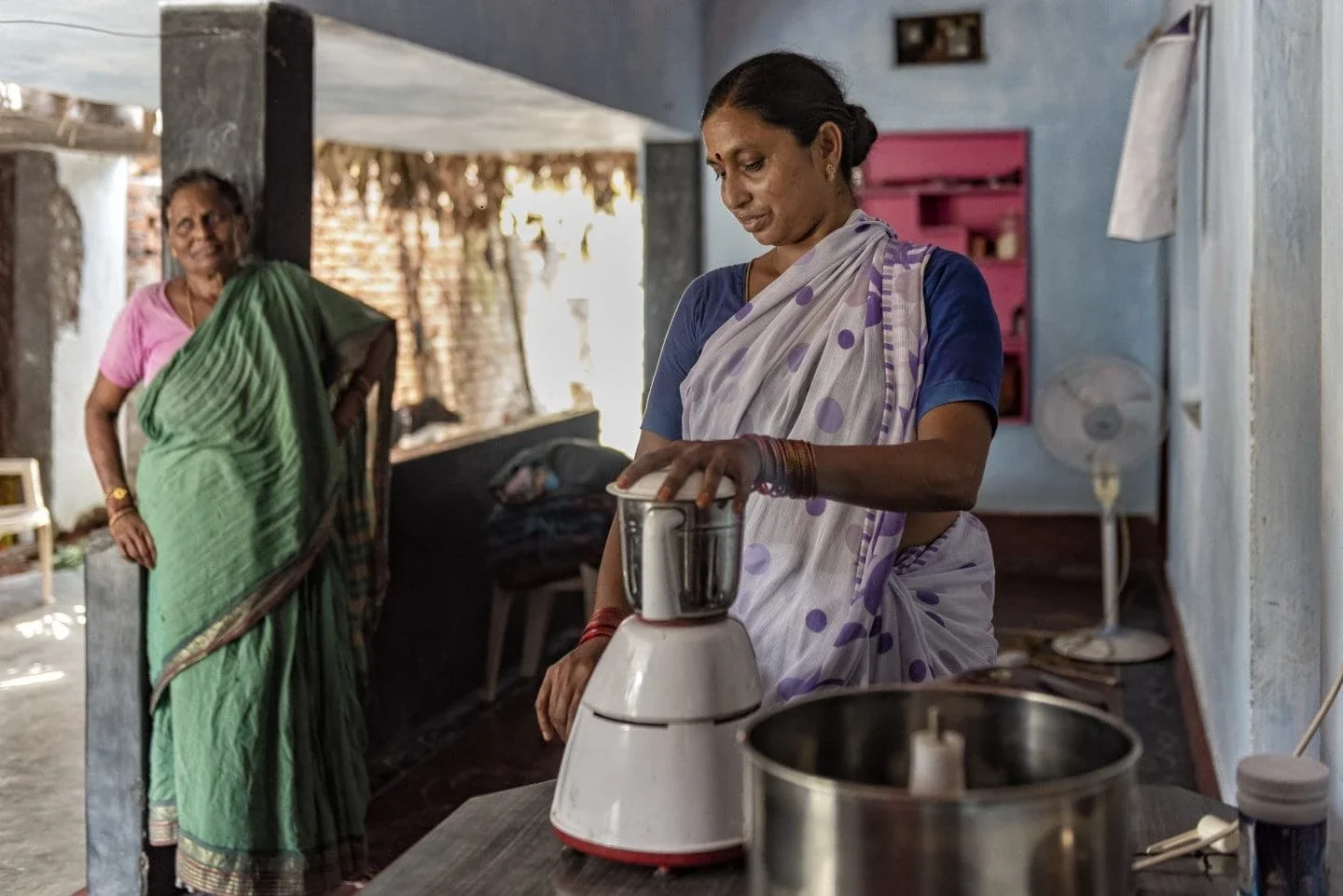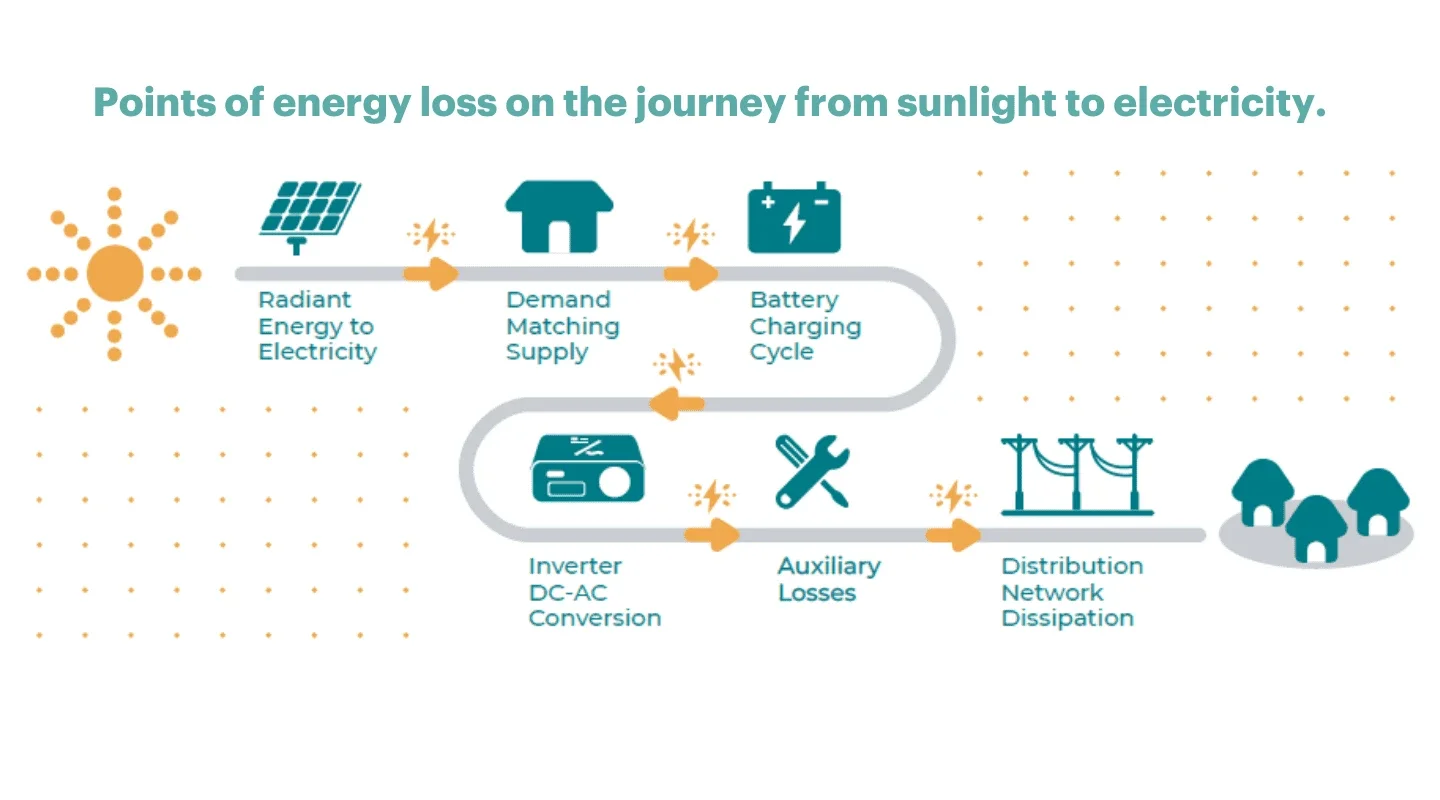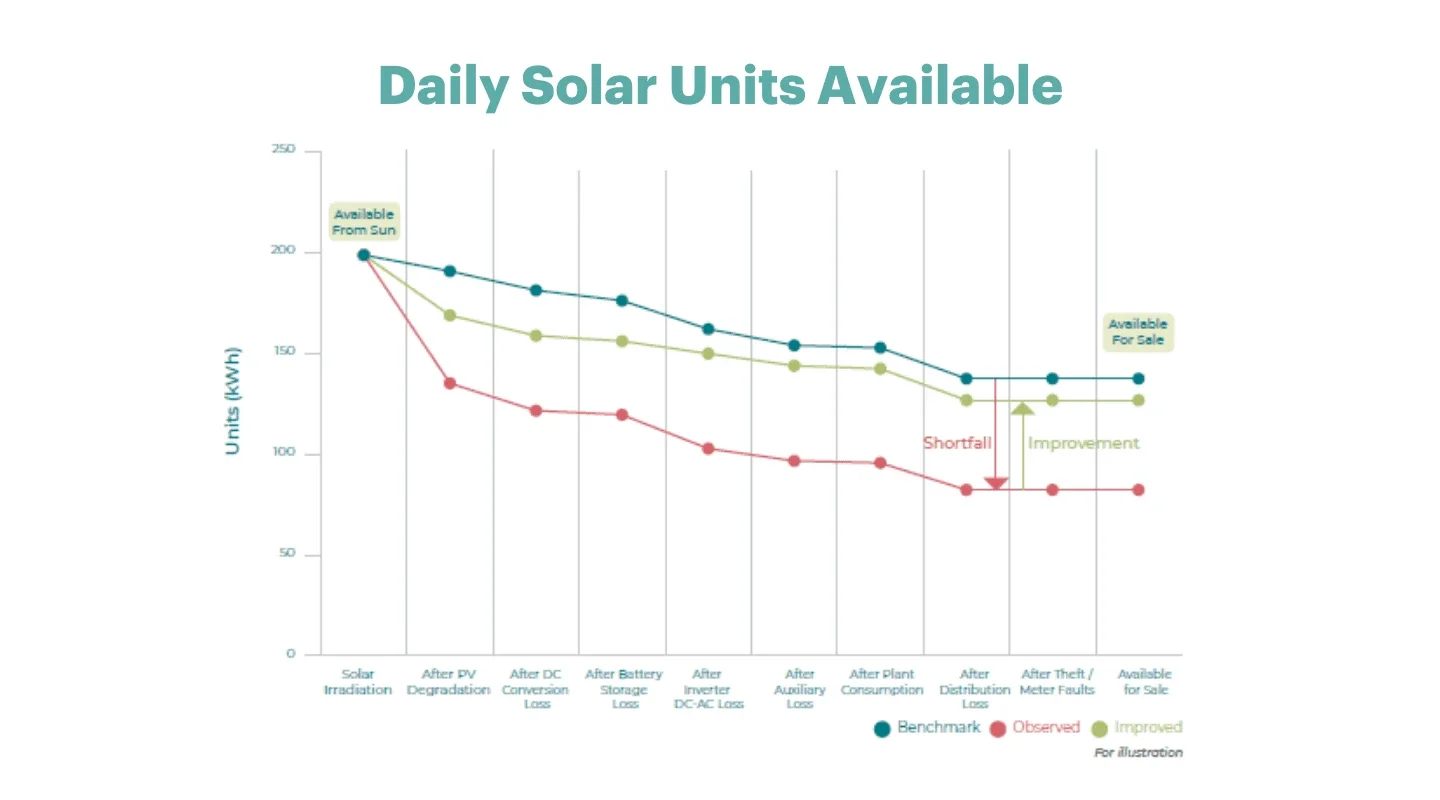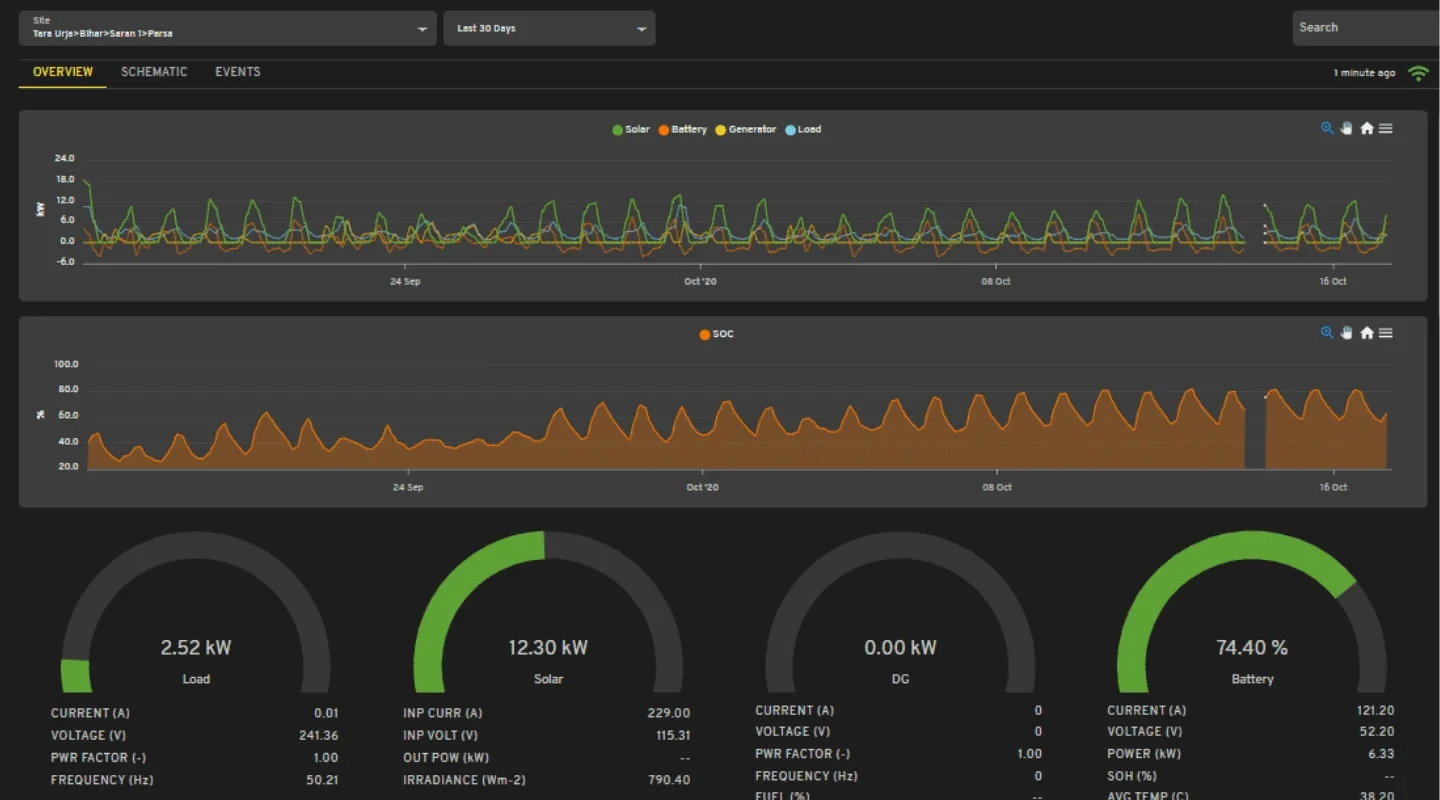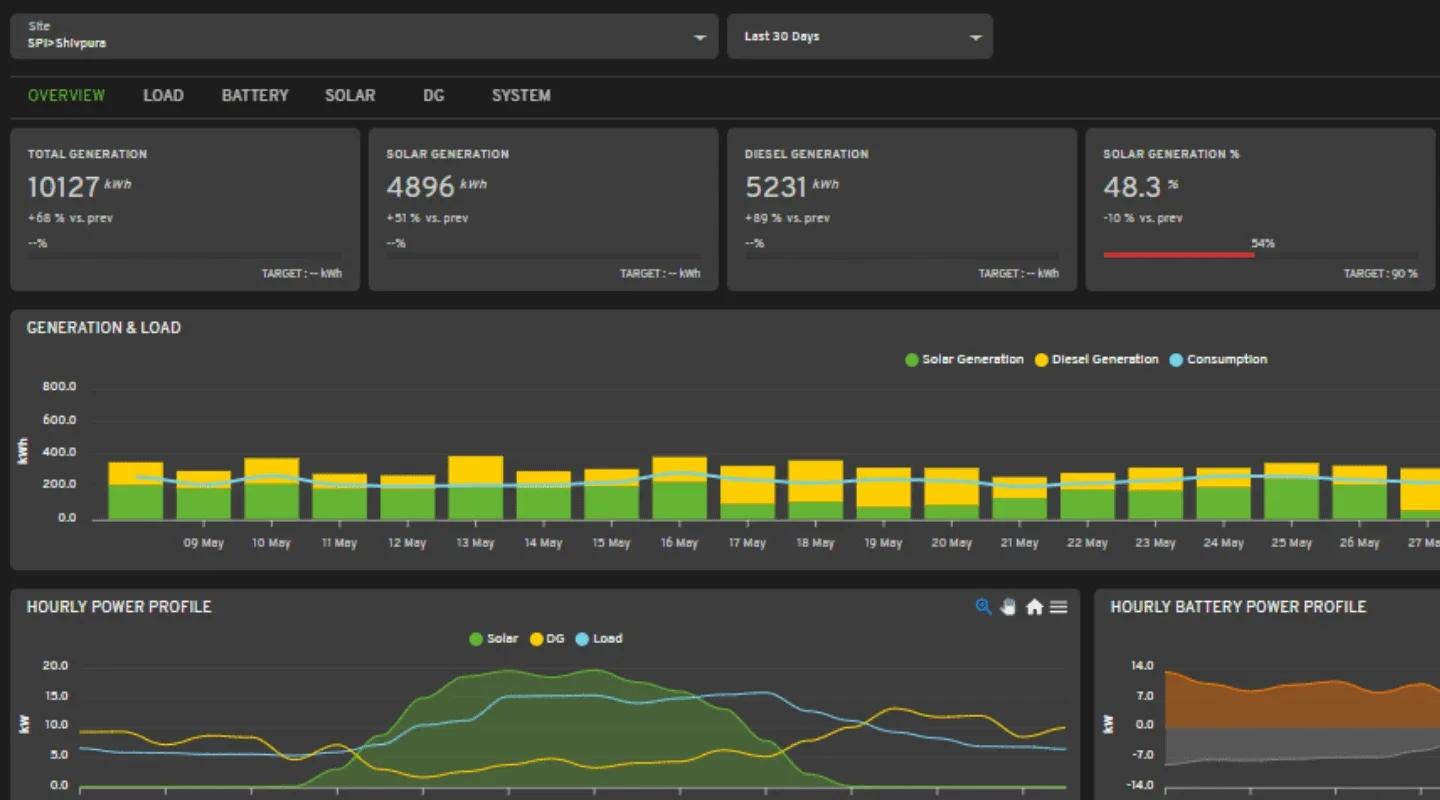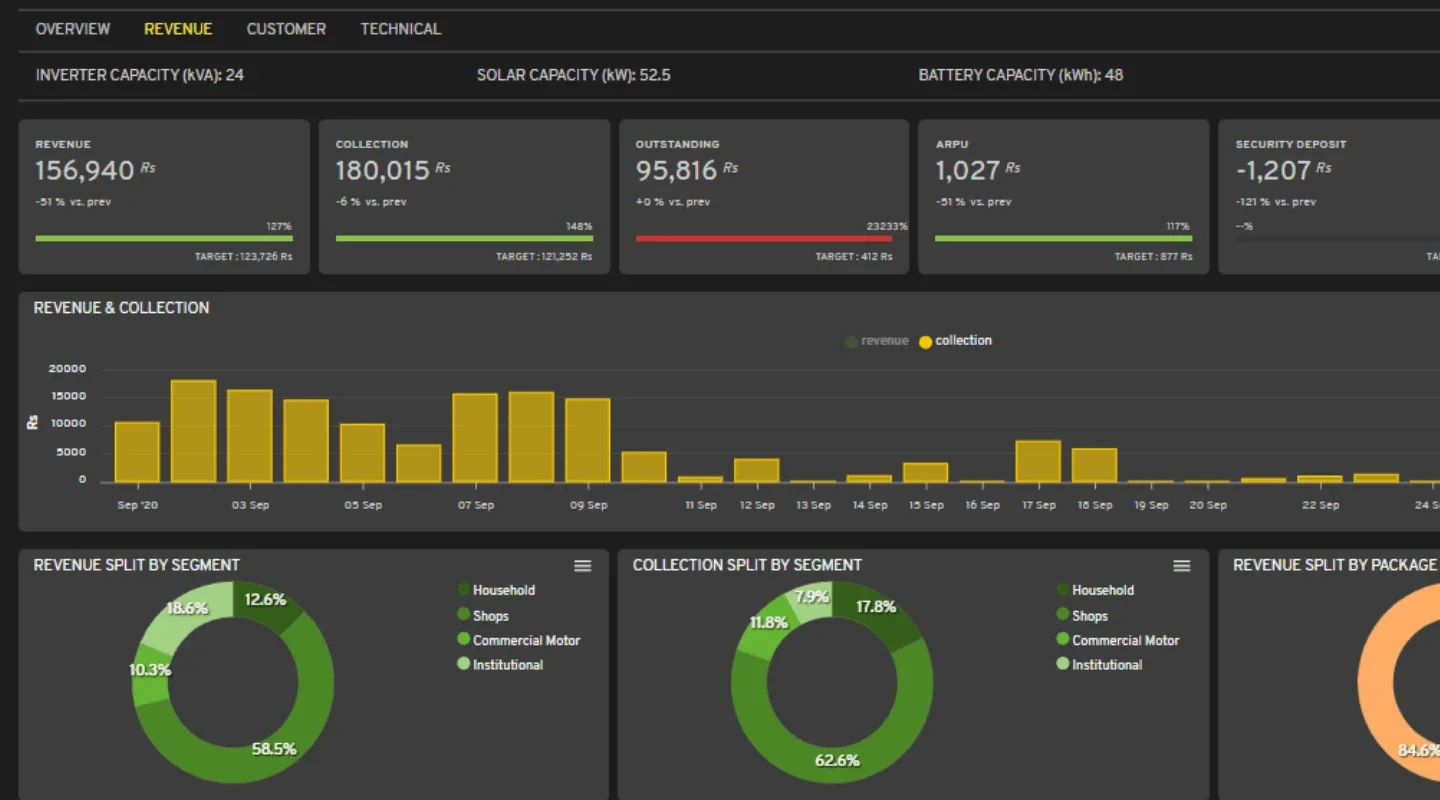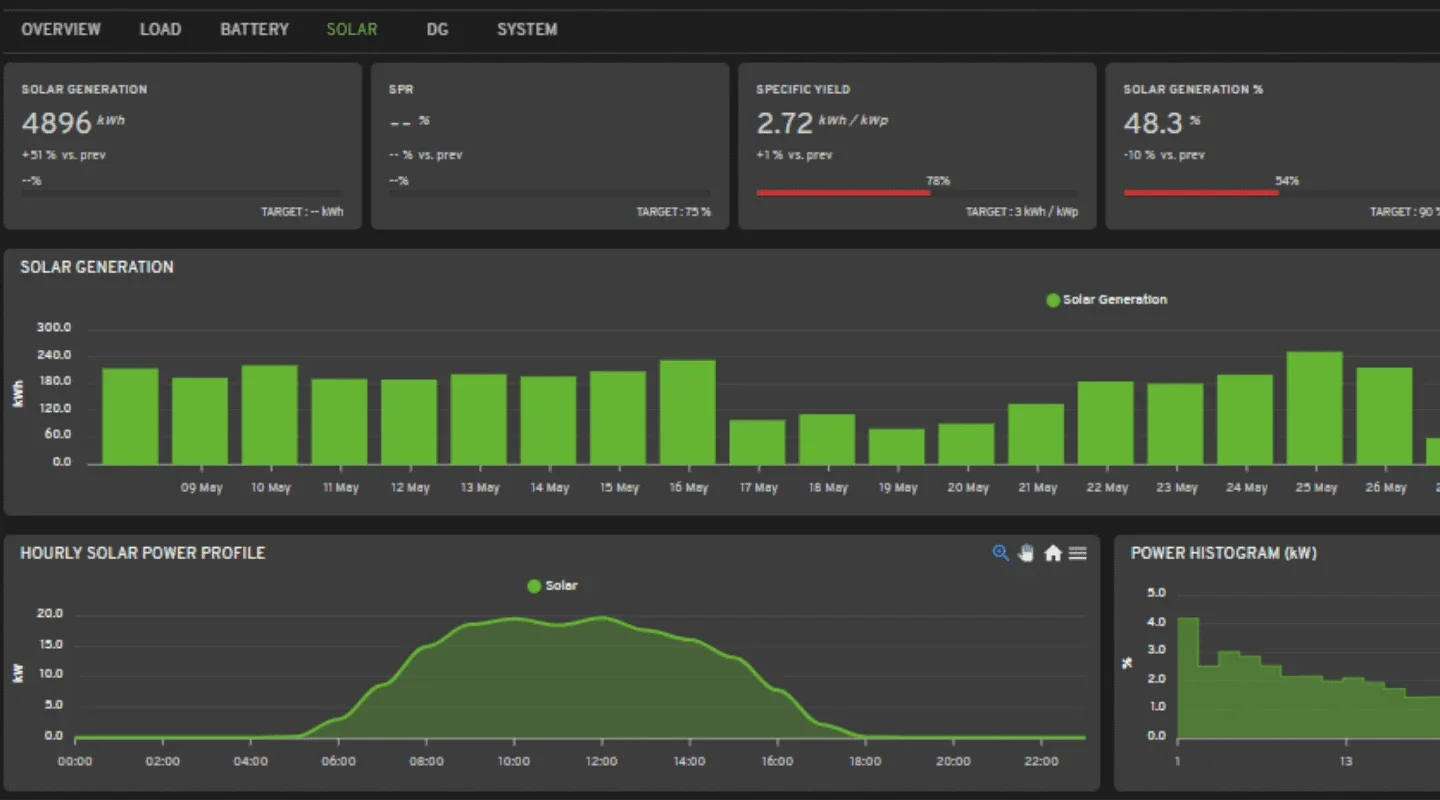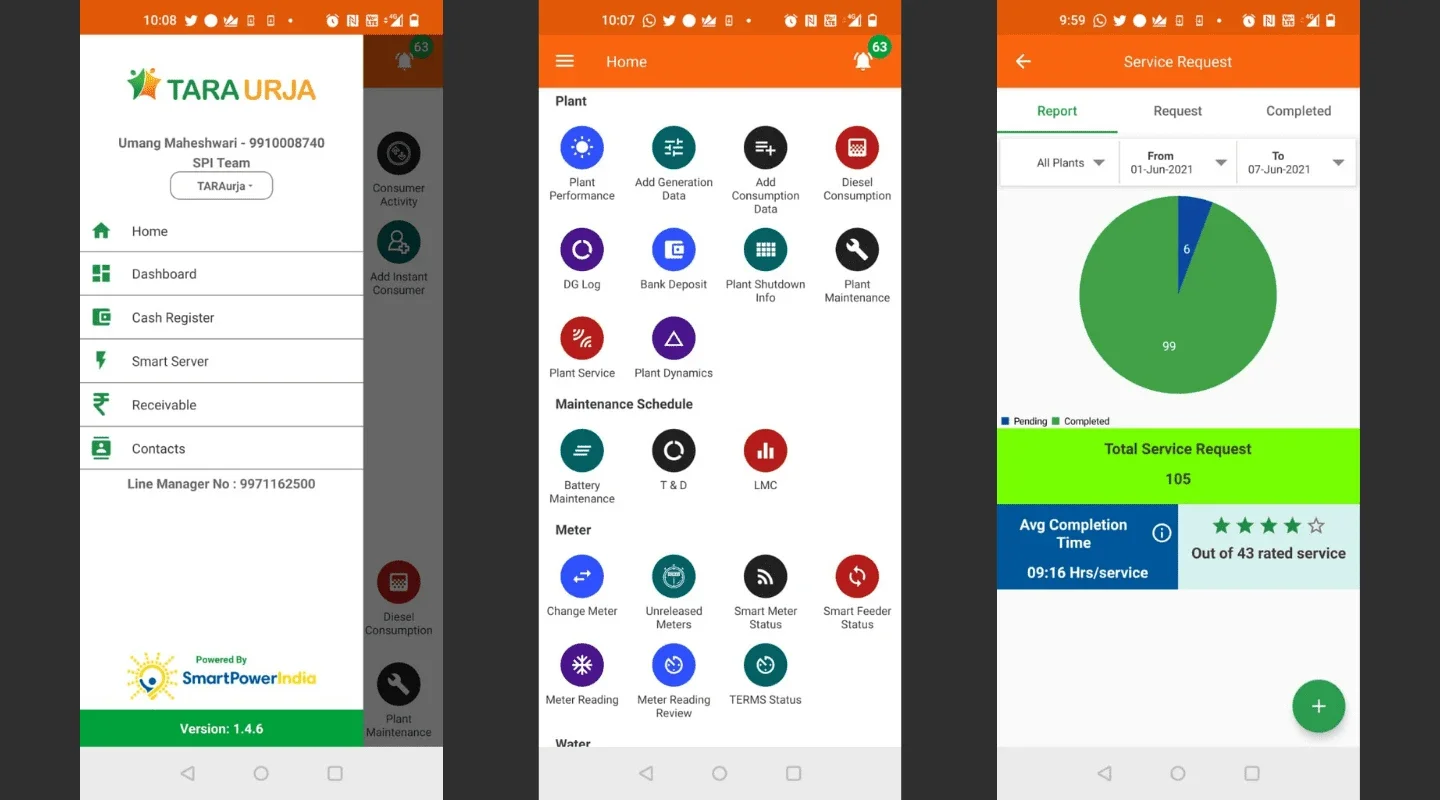Transformational advances in technology in recent years make is possible to empower hundreds of millions of people around the world with renewable energy technologies. In the United States, building new clean energy power plants is already cheaper than building new fossil fuel based generation, and will soon be cheaper than operating existing gas-fired power plants. While these gains have been more elusive for smaller-scale distributed renewable energy systems in emerging markets, a market transformation is coming.
Distributed renewable energy offers huge potential to bring reliable power to underserved communities, as The Rockefeller Foundation’s Smart Power India (SPI) team has found. In six years, SPI has supported 13 companies that operate around 500 mini-grid power plants with over 15 megawatts of installed capacity. Those companies are now delivering reliable and clean power to over 45,000 customers.
In this Q&A, SPI’s Umang Maheshwari dives into the great leaps the organization has made through smarter data management, and the progress SPI has made helping solar power to deliver on the fulness of its promise. Umang is SPI’s Associate Director for Technology & Innovation.
Q: Tell us what Smart Power India does.
A: We are a six-year-old organization. Our goal is to nurture an ecosystem for the private sector to scale distributed renewable energy powered mini-grids to electrify underserved parts of rural India, driving socio-economic development in these areas. Rural Mini-grids is one of the most challenging businesses to be in. It’s a very high-capital investment, done in very remote rural areas, servicing the most vulnerable customers and competing with state-funded power companies that deliver power at super subsidized rates. On top of that, most of our small enterprise customers, such as flour mills, oil expellers, carpenters etc. use very inefficient motors and power tools that are not maintained properly and very old. This puts a lot of pressure on the mini-grid plant to deliver reliable power.
Q: Why did you put such a focus on data management?
A: The need for a data management system came from a variety of challenges our partners started to face as their plants aged and their customer base increased. In several of our mini-grids, we began to see that the plants were not able to support certain high load customers, despite the plants not running their maximum potential. . We realized that the system was not running as efficiently as it should. We needed to figure out what was to blame. First, we started diagnosing these challenges by conducting technical audits and realized we really needed real-time plant level information for timely maintenance and upkeep of these plants. That led to us building an in-house data management system to gather data from the field. It’s hosted on the cloud and consists of a number of mobile apps and a web-based dashboard.
Q: What does this system tell you?
A: The system is integrated with power electronics that give us the generation side data and with smart meters that gives us consumption side data. This helps us to measure exactly how efficiently the system is operating against benchmark performance. The journey of an electron in a solar mini-grid is fascinating as it travels from the solar panel and has to go through a number of electrical conversions on the way to the customer through a distribution network. Our data system gives us in-depth data of all these conversions and what is coming into the system and what is going out of the system. It allows us to pinpoint specific problems. Is the problem in the inverter? Is it in the battery charging/discharging? Is it at the generation side of the solar panels?
Q: How granular is this data?
A: We monitor about 300 data points including technical and operational indicators, which come to our platform at various levels of frequency. For instance, the electricity consumption data from smart meters or inverter output comes every 15 minutes, but a customer’s billing, metering and collection data comes once a day. We also have a couple of mobile apps, one for the field agents, which they use to record their daily activities (such as plant maintenance, customer billing etc.) and one for our customers, which they use to register complaints and track their electricity consumption. From the mobile app on my phone right now I can switch off or on any customers meter, or run diagnostics on plant performance pinpointing any on-going problems. On the technical side, it allows us to track system efficiencies really well and identify, for instance, a faulty solar array that is generating less power. On the business side, it allows us to track customer payments and usage behavior over time. And most importantly, we are creating a larger and larger historical database.
Q: Has the data management boosted overall efficiency?
A: It has quite significantly. When we did the technical audit of some of our plants, the system efficiency was around 60%. We have managed to increase this to as high as 75% by taking several corrective measures based on data we analyze. We can track who is adhering to their maintenance schedule through our mobile app and dashboards. On the business side, top management can now track their field team and communicate with customers on a real time basis, and address their problems with a quick turn-around time.
Q: Are the challenges you see in India the same as those in Africa, or elsewhere?
A: Not necessarily. In much of Africa, especially sub-Saharan Africa, many mini-grids are underutilized when they are first installed, because the use is largely among relatively low-consumption household as commercial activity is limited. In Africa, mini-grid operators focus more on business development, on getting more commercial customers over time, such as small and micro enterprises and agriculture customers. In India, our mini-grid villages are bustling with existing commercial activity, and it is important to note that the main grid is everywhere, unlike many parts of Africa. So, a lot of our customers, such as households, actually use mini-grids as back-up power to the main grid and commercial customers use mini-grid as a primary source of power because they want reliability. So the demand is quite very early on and it becomes imperative that system runs at high efficiency.
Q: What technology breakthroughs are you hoping to see that will really improve the prospects for mini-grids around the world?
A: One of our key roles is to motivate and inspire global and regional technology companies to really take the rural electrification sector, especially DRE technologies, and its specific challenges seriously. Don’t give us an off the shelf inverter made for captive consumption of large industries. Don’t give us an off the shelf battery built for urban markets where the grid is more reliable. Innovation in storage technology is the make or break for the mini-grid sector as solar only generates for 5 to 7 hours a day and we must supply affordable power around the clock. Current storage costs are too high, and all the innovation right now, specifically in the Lithium-based storage solution, is focusing on the electric-vehicle market. Solar panel prices are going down, but batteries remain the biggest challenge. Another technology breakthrough needed from the demand side is the development of super-efficient productive use machines that can be made available in rural areas to replace the inefficient ones – such as food processing mills, power tools etc.
Q: Are there still advances to be made on the data side?
A: Absolutely. One thing we really need right now are low-cost smart meters. Our current meters are great, but cost upwards of $60, which is far too much an investment from a ESCO for a customer who pays less than $2 a month for their electricity. Low-cost smart meters would greatly increase our ability to have 100% of our customer-base on them and have historic consumption patterns to inform our decisions.
Q: What is the ultimate goal here in terms of providing energy access globally?
A: It is important for people to understand that we’re not just trying to bring enough electricity to turn on a light bulb. If that were the case, we could just provide every rural household with solar lanterns. We want to bring access that allows for sustainable economic development that really comes from income generating activities via productive use of electricity. In that regard, it is important to talk about what we call the modern energy minimum—the per capita consumption baseline that allows for there to be real economic development. The fastest, and probably the cheapest way, to bring reliable, clean and adequate amount of power to large, underserved communities of the developing world now is through distributed renewable based technologies such as mini-grids.
Related Updates
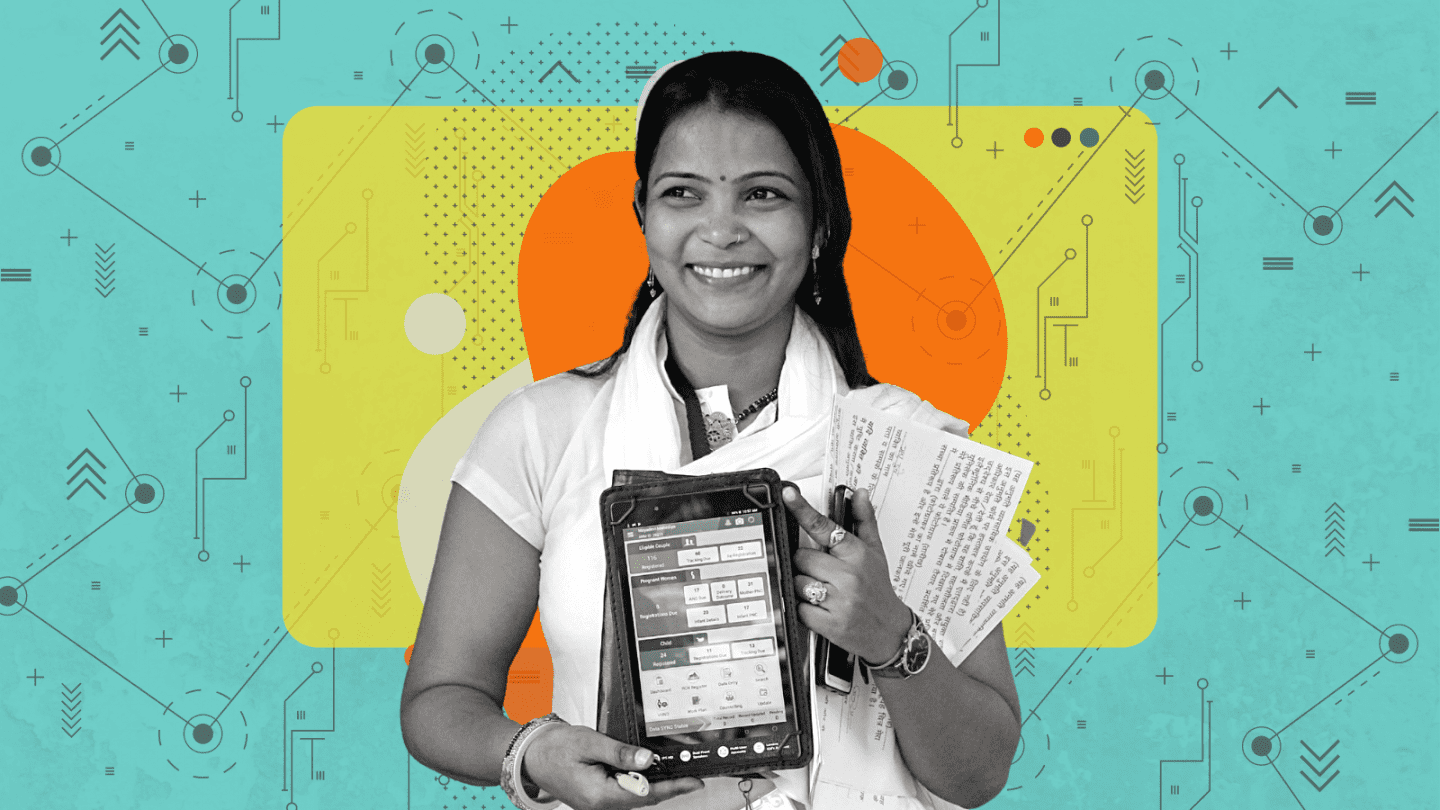
Can Technology Be Optimized for Equity and Opportunity?
Companies use detailed behavioral information every day to direct products and services to individuals. What if this approach were applied to maximize social good instead of private revenue? This quarter’s Matter of Impact explores how the properly tailored technology can improve and save lives across a wide spectrum. Our staff, grantees and partners discuss how […]
More